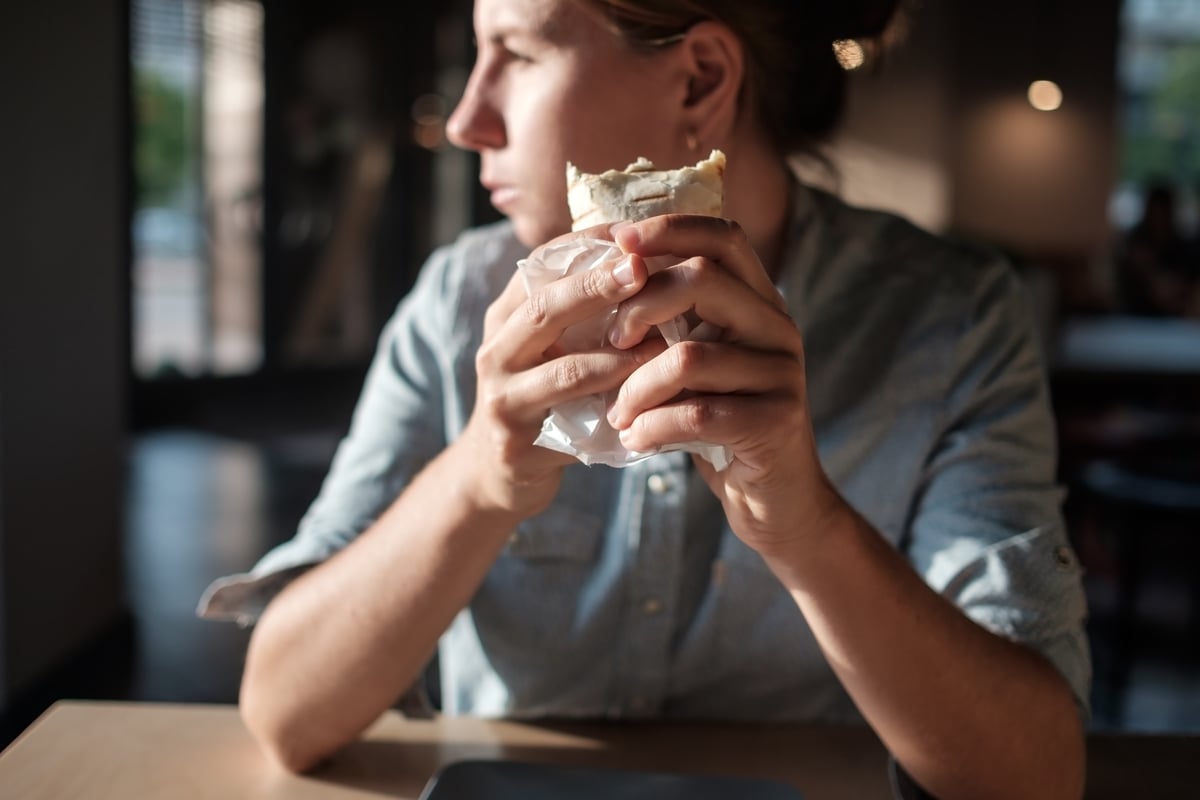2016 turned out to be an up year for the market as the post-election rally pushed the S&P 500 to a 9.5% gain and the Dow Jones Industrial Average to a 13.4% increase. Not all stocks were winners, though. Among the better-known companies to take dives last year were Chipotle (CMG +0.29%), Nike (NKE +4.64%), and Under Armour (UA +1.61%) (UAA +1.32%).
Below, we'll examine each company's challenges last year, and how they can improve in 2017.
Image source: Motley Fool.
This burrito's still rolling the wrong way
Chipotle shares began selling off in late 2015 after the company experienced a series of foodborne illness outbreaks, including a multistate E. coli outbreak that infected around 50 people. The stock began plummeting in November of that year and has been down since.
After a year of plummeting sales, 2017 was supposed to be when Chipotle bounced back -- but investors have grown skeptical, as comparable sales have barely moved higher since bottoming in the first quarter of 2016.
Recently, Chipotle has taken a number of steps at the corporate level to streamline operations, including eliminating its co-CEO structure and adding new board members in response to shareholder demands. The company has also met with activist investor Bill Ackman, who had pushed for changes to the board.
Management had projected same-store sales growth in the high single digits for 2017 and earnings of $10 per share in its third-quarter earnings report, but at a December conference, CEO Steve Ells said the company may have trouble hitting that target.
As Chipotle has learned by now, there's no magic wand for getting customers to return. The company has to do the basics of running great restaurants and serving customers tasty food quickly in a clean environment. Ells acknowledged that the focus on food safety and high turnover following the outbreaks had lowered store performance. Chipotle also needs to step up marketing efforts to explain that it's eliminated the food safety issues and entice customers to come back to visit. Free burritos did not inspire lasting loyalty, but a full-on marketing blitz might.

Image source: Motley Fool.
Is it still the shoes?
Nike stock dropped 19% last year, marking the Swoosh's first down year since the recession. The sneaker giant, now a member of the exclusive Dow Jones Industrial Average, had been one of the most reliable bets on Wall Street for a generation. However, a resurgent Adidas and fast-growing Under Armour seem to be presenting challenges for the industry leader, and investor support may be thinning.
Last year, Nike announced it would no longer directly report futures orders, a move seen as suspicious as the figure had shrunk to just 1% in North America, its slowest clip in more than six years, in the company's fiscal 2017 first quarter report in September.
Nike also made the surprising move last summer of pulling out of the golf equipment business as Tiger Woods' star has waned and industry sales have slowly declined. The company's growth is still decent -- currency neutral revenue was up 8% in its most recent quarter, leading to 11% EPS growth -- but investors are concerned that the company is losing momentum, as futures orders were down 4% in North America and flat globally in its most recent quarter. Gross margin has also contracted 170 basis points so far this year. Under Armour's footwear sales have been soaring lately, up 54% through the first three quarters of 2016, and may be taking a bite out of Nike's growth.
With a goal of reaching $50 billion in revenue by 2020, Nike needs to grow revenue at a compound annual rate of 11.5%, a pace well ahead of its recent results. In order to do so, the company needs to regain the buzz it's lost to Under Armour and Adidas, reclaim its leadership in product innovation, and find a way to accelerate direct-to-consumer sales as futures orders become more difficult.

Image source: Motley Fool.
One step at a time
Under Armour may have the opposite problem that Nike has. While its revenue growth has been outstanding, earnings have lagged behind. The company barely makes a profit in the first half of the calendar, and it lacks that brand halo that Nike has built over the years with its Jordan brand and other highly coveted products. As a result, Under Armour's profit margin is less than half of Nike's, at 5.5% compared to 11.6%.
This challenge became abundantly clear to investors when Under Armour slashed its operating income guidance from $800 million in 2018 to just $600 million. The stock plummeted on the news, which was the major reason it fell 28% last year. Under Armour still sees revenue of $7.5 billion in that year, meaning it expects operating margin to fall from its current level of 9.2% to just 8%.
CEO Kevin Plank said profits would be squeezed as the company makes investments to "get big, fast," but it's clear why investors are disappointed. Under Armour's rapid growth has made it a pricey stock, with a P/E ratio over 60. Normally, profit margins expand as companies get bigger since they have more leverage, but that's not the case with Under Armour. The stock will likely be mired around current levels unless the company can show it's taking steps to beat its new operating profit guidance. Leveraging its endorsements, such as Steph Curry's, to develop some of the brand power that Nike has could be one way to raise margins.











